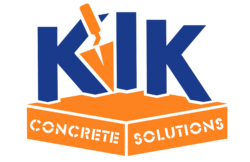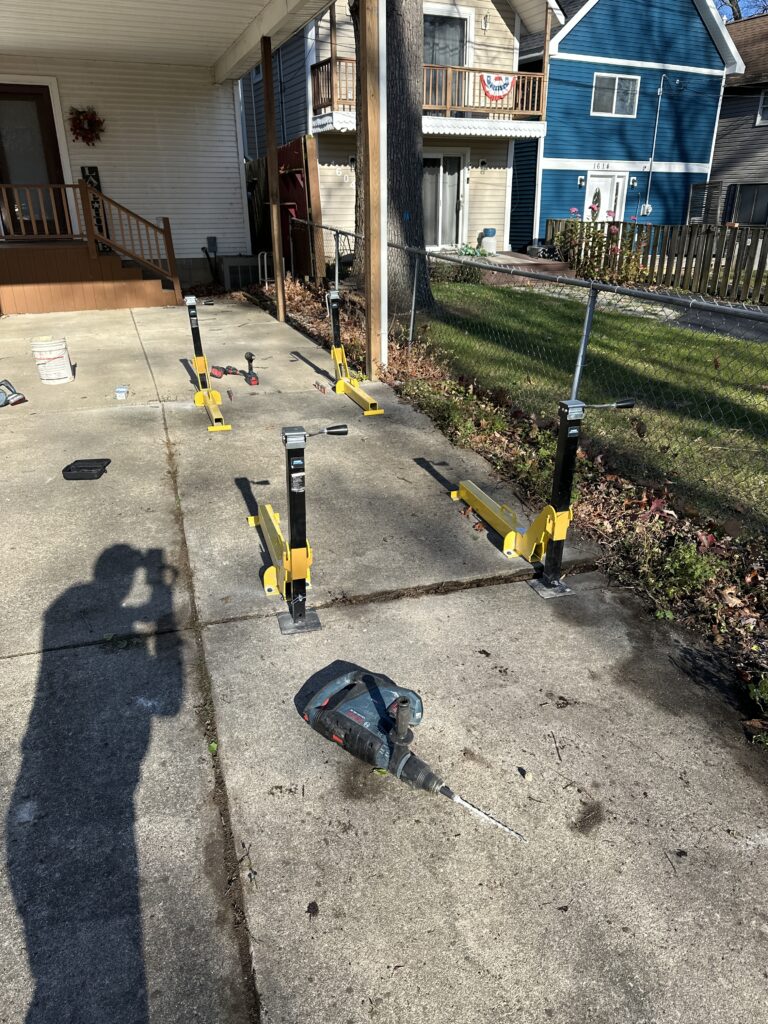Uneven or sunken concrete is a common problem for homeowners and businesses. Whether it’s a driveway, sidewalk, patio, or foundation, settling concrete not only looks bad but can also create safety hazards. Fortunately, there are two popular solutions for lifting and leveling concrete: polylifting (polyurethane foam lifting) and mudjacking. But which method is best for your needs? In this blog, we’ll compare foam lifting and mudjacking to help you make an informed decision.
What is Mudjacking?
Mudjacking, also known as slab jacking, is a traditional method of concrete leveling that involves pumping a mixture of water, soil, and cement (slurry) beneath the sunken concrete to lift it back into place.
Pros of Mudjacking:
- Lower Initial Cost – Typically, mudjacking is cheaper upfront than foam lifting.
Cons of Mudjacking:
- Heavier Material – The slurry used in mudjacking is heavy, which can lead to further settling over time.
- Larger Drill Holes – Requires bigger holes (around 1-2 inches in diameter), which can be noticeable.
- Longer Drying Time – The slurry mixture takes several hours or even days to fully cure and stabilize.
- Adds More Weight to Unstable Soil – The original cause of sinking concrete is often unstable soil. By adding more weight with mudjacking, the slab is more likely to sink again in the future.
What is Polylifting (Polyurethane Concrete Lifting)?
Polylifting is a modern alternative to mudjacking that uses high-density polyurethane foam injected under the concrete. As the foam expands, it fills voids and lifts the slab back to its original position. Picture a sinking boat—if you float it with foam, it can never sink again because the foam weighs almost nothing and only adds buoyancy. Mudjacking, on the other hand, does lift the concrete but adds even more weight to already unstable soil, making it highly likely to sink again.
Pros of Polylifting:
- Lightweight Material – Polyurethane foam weighs significantly less than mudjacking slurry, reducing the risk of future settling.
- Smaller Drill Holes – Requires much smaller holes (as little as 3/8 inch), making repairs less noticeable.
- Quick Cure Time – The foam sets within 15-30 minutes, meaning the area can be used almost immediately.
- Water-Resistant – Unlike mudjacking, polyurethane foam is not affected by moisture, making it more durable in wet climates.
- Stronger and More Durable – Modern polyurethane foam is just as strong as mudjacking materials and provides a long-lasting solution without the added weight.
Which Concrete Lifting Method is Best for You?
The best choice depends on your specific needs and budget:
- Choose Mudjacking if: You need a budget-friendly solution that is only a midterm fix.
- Choose Polylifting if: You want a long-lasting, quick-curing, and lightweight solution that minimizes future problems.
Final Thoughts
At KIK Concrete Solutions, we specialize in polylifting because it provides a more durable, efficient, and long-lasting fix compared to traditional mudjacking. If you have a sinking driveway, patio, or sidewalk, contact us today to learn how foam injection can restore your concrete quickly and effectively!
📞 Call us at 734-249-4034 or visit our website to request a free estimate!

